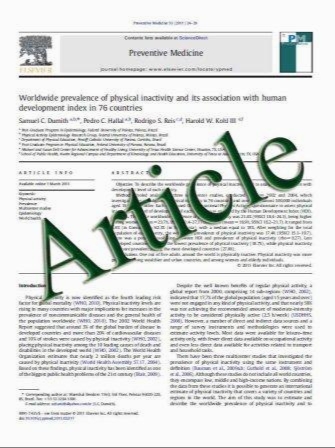User fees at a public hospital in Cambodia: effects on hospital performance and provider attitudes
- نوع فایل : کتاب
- زبان : انگلیسی
- مؤلف : Hidechika Akashia,*, Takako Yamadaa, Eng Huotb, KoumKanal c, Takao Sugimotod
- چاپ و سال / کشور: 2004
Description
User-fee programs have been introduced at health care facilities in many developing countries. Difficulties have been encountered, however, especially at public hospitals. This report describes the effects of user fees introduced in April 1997 at a public hospital, the National Maternal and Child Health Center (NMCHC) of Cambodia, on patient utilization, revenue and expenditure, quality of hospital services, provider attitudes, low-income patients, and the government, by reviewing hospital data, patient and provider surveys, and provider focus group discussions. Before the introduction of user fees, the revenue frompatients was taken directly by individual staff as their private income to compensate their low income. After the introduction of user fees, however, revenue was retained by the hospital, and used to improve the quality of hospital services. Consequently, the patient satisfaction rate for the user-fee system showed 92.7%, and the number of outpatients doubled. The average monthly number of delivery of babies increased significantly from319 before introduction of the systemto 585 in the third year after the user-fee introduction, and the bed occupancy rate also increased from50.6% to 69.7% during the same period. As patient utilization increased, hospital revenue increased. The generated revenue was used to accelerate quality improvement further, to provide staff with additional fee incentives that compensated their low government salaries, and to expand hospital services. Thus, the revenue obtained user fees created a benign cycle for sustainability at NMCHC. Through this process, the user-fee revenue offered payment exemption to low-income users, supported the government financially through user-fee contributions, and reduced financial support from donors. Although the staff satisfaction rate remained at 41.2% due to low salary compensation in the third year of user-fee implementation, staff’s work attitude shifted from salary-oriented to patient-oriented—with more attention to lowincome users.


